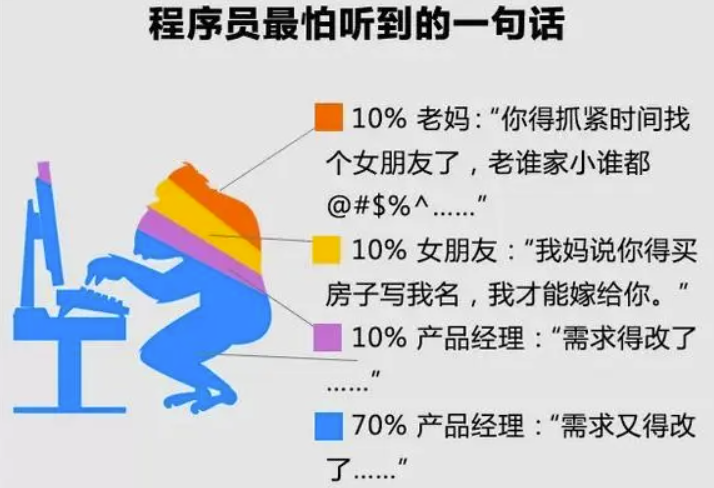要将“关键信息”单独写成一个页面,可以按照以下步骤进行:
创建新的组件:在你的项目中创建一个新的 Vue 组件,例如
KeyInformation.vue,并将“关键信息”的内容放入其中。更新路由:如果你使用的是 Vue Router,需要添加一个新路由来指向这个新组件。
在主页面中链接到该页面:用导航或按钮在主页面中添加一个链接,用户点击后可跳转到“关键信息”页面。
以下是详细的步骤示例:
1. 创建 KeyInformation.vue
<template>
<div class="key-information">
<h1>关键信息</h1>
<!-- 在这里添加更多的关键信息内容 -->
<p>这是关于关键信息的详细说明。</p>
</div>
</template>
<script setup>
// 如果有任何逻辑可以在此处添加
</script>
<style scoped>
.key-information {
padding: 20px;
}
</style>
2. 更新路由
假设你的 Vue Router 配置文件为 router/index.js,需要如下配置:
import { createRouter, createWebHistory } from 'vue-router';
import Home from '../views/Home.vue'; // 主页面
import KeyInformation from '../views/KeyInformation.vue'; // 新建的组件
const routes = [
{ path: '/', component: Home },
{ path: '/key-information', component: KeyInformation }, // 新增路径
];
const router = createRouter({
history: createWebHistory(),
routes,
});
export default router;
3. 修改主页面(Home.vue)
修改原来的 Home.vue 文件,在合适的位置添加一个导航链接或者按钮,让用户能够访问“关键信息”页面:
<template>
<div class="home">
<a-tabs v-model="activeKey">
<a-tab-pane key="1" tab="关键信息">
<router-link to="/key-information">前往关键信息页面</router-link>
</a-tab-pane>
<a-tab-pane key="2" tab="影像资料">
<div class="ImageData">影像资料</div>
</a-tab-pane>
<!-- ...其他tab... -->
</a-tabs>
</div>
</template>
<!-- 剩下的代码保持不变 -->
这样,当用户点击“前往关键信息页面”链接时,就会被导航到新的 KeyInformation 页面。根据具体需求,你也可以将相关内容和样式进一步调整。
内容由零声教学AI助手提供,问题来源于学员提问




















